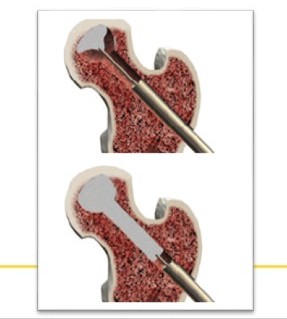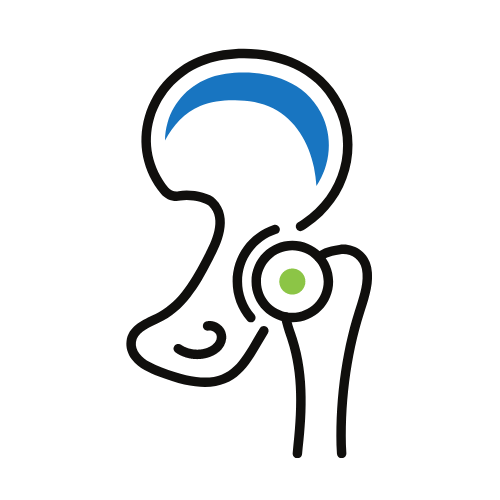Core decompression is the process by which a hole is made into the femoral head by a surgical procedure it was believed that drilling a hole into the femoral head will lower the pressure into the femoral head and allow restoration of blood supply. However, this has not stood the test of time in 1960 Ficat and Arlet who are French doctors and they noticed a certain pattern of X-rays of patients having hip pain as they were no MRI or CT scan at that time commonest method of diagnosis was a biopsy.
A small drill to the femoral head to remove this bone for biopsy they noticed that these patients became relatively pain-free and so was born core decompression and they identified a new disease called as an AVN in 1970 Dr. David s Hungerford worked with this French doctors and he introduced this disease and it’s treatment into America and the English-speaking world he labeled it as core decompression.
Core decompression remained popular till the year 2000 as there was not much research going into the cause and treatment of avascular necrosis.
The current role of core decompression as a standalone procedure is not recommended nowadays because it has got a very high chance of failure. However, core decompression is used along with another treatment like bone marrow or BMAC as a way of introducing auto biological substances into the femur head to get a better result than core decompression alone.











